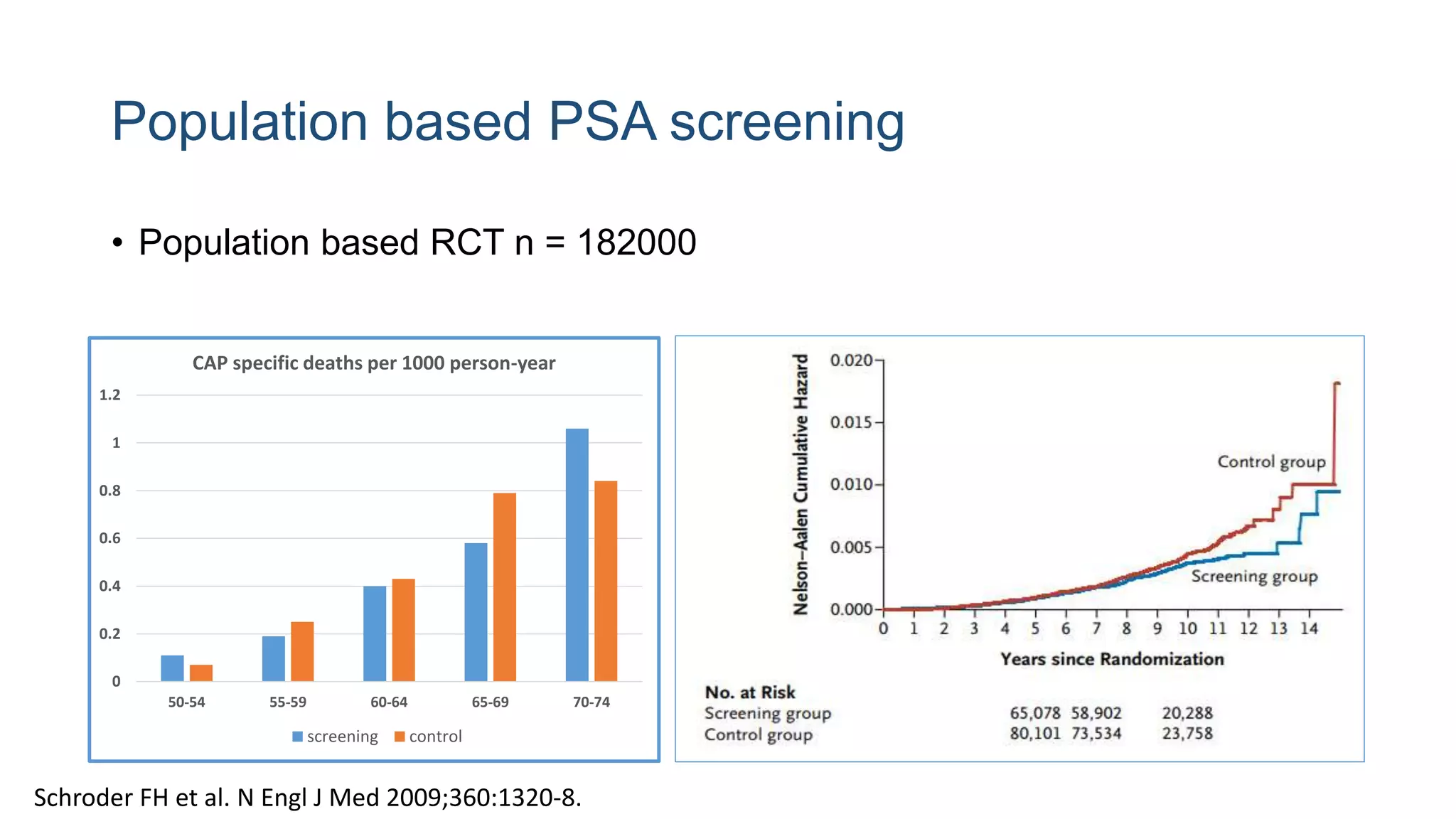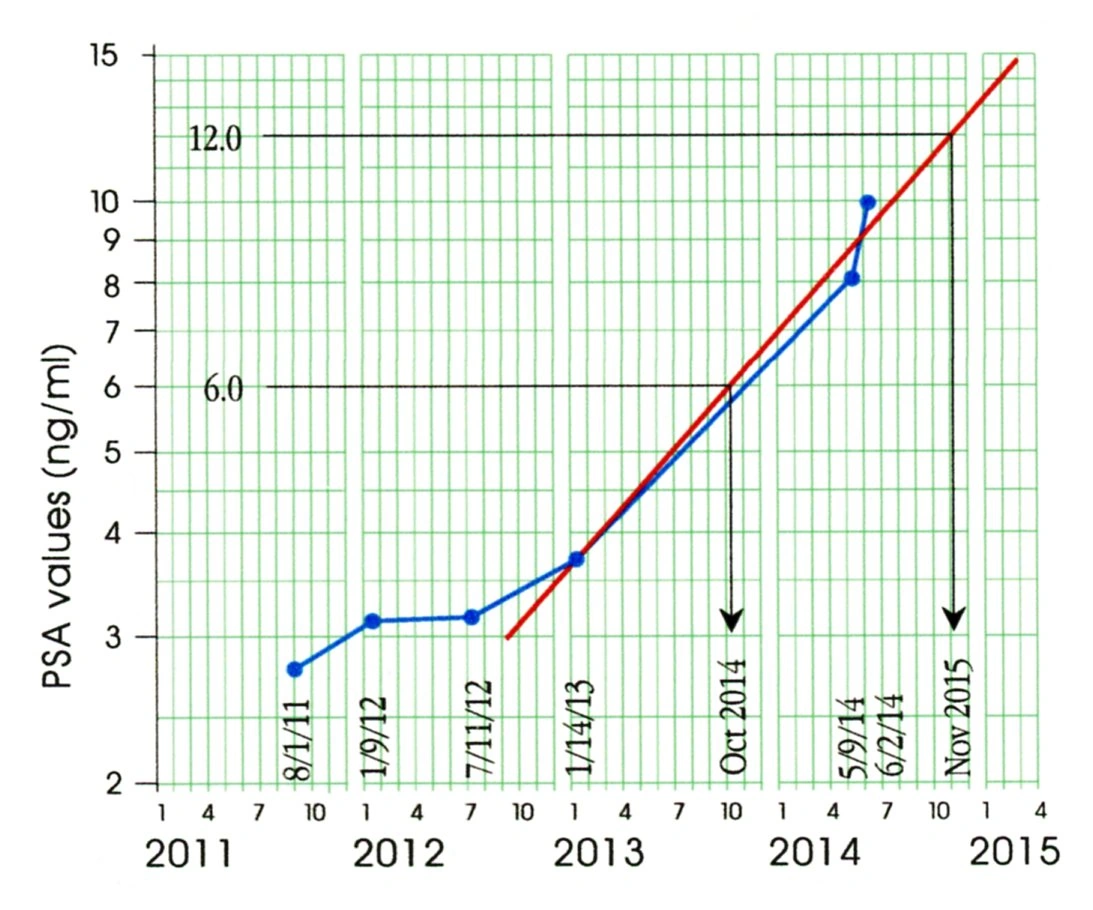
What’s Up With Those Numbers?
Let’s just dive in—no “what is PSA” textbook lecture, promise. You open your test results and your eyes snap right past the rest to that one number: PSA. It’s up from last year. Heart thuds. You Google, you scroll, you spiral a little… but what does that jump really mean? And is it any different for a healthy 45-year-old or someone pushing 70?
Look… almost every guy I know has lived this moment (or will). My uncle Larry used to joke the doctor measured his “prostate paranoia level” more than anything else. But here’s the reality: PSA alone—the number you get from your blood test—is mostly a snapshot. It’s the trend over time that tells the real story. That’s why people talk about “PSA velocity.” That’s just how quickly your PSA numbers are rising year to year, and that’s what the normal psa velocity chart is actually about.
Why Does PSA Move?
Ever notice that after a certain age, things just shift a little? The same goes for your prostate. PSA levels creep up naturally because prostates tend to grow—sometimes just because you’re getting older, sometimes because of benign woes (like BPH or a mild infection), and yeah, sometimes because of something more serious.
But here’s the catch: Not every rise is doom-and-gloom. Far from it. One spike might just be… life (or a long bike ride). What matters is the pattern. Is that number jumping faster year by year? Or just slowly inching up, like most everything else as we age?
So What’s “Normal” Velocity, Anyway?
Let’s cut to it—according to guidelines from experts (think Johns Hopkins, NCCN, Memorial Sloan Kettering), the “line in the sand” is usually 0.75 ng/mL per year.
- If your PSA goes up less than that each year, that’s kind of the sweet spot—normal for most men.
- A jump above 0.75 ng/mL a year? That’s when doctors perk up and want to dig a little deeper.
There are some finer details (age matters, for one), but this is the gist. My own friend Mark tracked his PSA for years. Sometimes it nudged up by 0.1, sometimes it even went down a touch. The first time it shot up by just under one point in a year? Boom—he was at the urologist faster than you can say “appointment please.”
Quick-Glance Table: Where Does Your Number Land?
| Age Group | Normal PSA Velocity (ng/mL/year) | When to Ask More Questions |
|---|---|---|
| 40–49 | < 0.35 | > 0.35 or surprised by a sudden jump |
| 50–59 | < 0.5 | > 0.5, especially if your PSA tips above 3 |
| 60+ | < 0.75 | > 0.75—get it double-checked, maybe a biopsy if it’s really moving up |
Seeing the Pattern: Real Life, Not Just Charts
Let’s imagine: You’re 58, your PSA last year was 2.1, this year it’s 2.5. That’s a change of 0.4 ng/mL. That’s under the normal psa velocity chart flag—right in the comfort zone. But… say it jumps to 3.3 the next year. Now you’re looking at a velocity of 0.8. Is that alarming? Not necessarily. But it does mean you deserve a conversation, not a panic attack.
You might want to use a PSA velocity calculator—an easy way to check what your numbers actually mean once you’ve got a couple years of results. I’ve seen guys with a year-to-year PSA spike after a UTI or an intense week of Peloton rides, only to have things settle back down by the next checkup. So, don’t treat a one-off bump like a death sentence, but don’t ignore a steady climb, either.
In fact, research on normal PSA velocity makes it clear: the slow and steady rise is expected as you get older. If the “velocity” takes off too quickly, especially above 0.75 ng/mL per year? That’s your clue to talk it through with your doctor (maybe not Dr. Google this time).
Not All High Numbers Are “Bad”
This is where it gets tricky—because even “high” PSA levels (say, above 4.0 ng/mL) aren’t always dangerous on their own. According to the PSA level charts from resources like Zero Cancer and Dr. Samadi, the “normal” range isn’t one-size-fits-all. Instead, you get a “normal window” based on age—your 70-year-old neighbor might be cruising with a PSA of 5 and it’s just his baseline.
For example: If your PSA has always hovered under 2.0 ng/mL for years, and suddenly jumps to 4.5, that’s spooky, even though “4” is still often seen as borderline for some age groups. If it’s always been around 5 (and you’re, say, 68 and healthy), your doctor may just say: “Let’s keep an eye and rerun the test in a year.” It’s the “velocity,” not just the absolute number, that makes the conversation.
What About “Dangerous” Velocity?
So here’s the deal: When does PSA velocity get truly worrisome? The short answer: Blazing-fast changes—like a jump of more than 2 ng/mL in a year—have been linked to much higher prostate cancer risks. In some studies, guys with a velocity that high had up to a 50% chance of serious cancer in follow-ups. But those are the outliers, not the rule.
For a deep dive if you’re curious (and kind of a health nerd, like me), check out what experts say over at What is a dangerous PSA velocity. Seriously—it’s written in plain English, not medical robot. There you’ll find stories and practical guidance if your velocity heads north of “normal.”
And if you just want to crunch your numbers right now, the PSA velocity calculator will save you more stress than a dozen message-board arguments.
Beyond the Chart: Every Guy Is Unique
Pause for a second. Let’s talk about you, not just statistics. Do you have a family history? Are you African American? Dealing with a big, healthy-but-annoying prostate, or bouncing back from a recent infection? All these make a huge difference when doctors look at your normal psa velocity chart.
A real example: My buddy Carlos, healthy, mid-40s, stays active, no family history. His PSA creeped from 1.2 to 1.5 to 1.9 in three years—technically, that’s under 0.35 ng/mL per year. Nothing dramatic. But he panicked when one test came back at 2.4 after a bout of prostatitis. A month later, it was back to 1.6; turns out, just an infection. His doc wasn’t fazed, and neither should you be.
Other Factors That Mess With Your Score
- Prostate infections (they can send PSA soaring for a bit)
- Recent heavy exercise (long bike rides or sex—yep, both can affect it!)
- Certain meds (even some over-the-counters mess with your results)
- A simple, overenthusiastic digital rectal exam right before the blood draw
So remember—context is everything. Don’t let one number drive you wild with worry.
Screening: When and How Often?
General wisdom? Start checking that PSA around age 45 if you’re higher-risk (family, background, etc.), or age 50 if you’re the average Joe. If your PSA is chillin’ under 1 ng/mL, most docs let you coast for 2–4 years before another test. If you’re in the “watch and wait” range—or your numbers pop above the cutoff—they’ll call you back a bit sooner (StatPearls backs this up).
The key: tracking. Use a journal… a spreadsheet… whatever works for you. Honestly, a PSA velocity calculator is faster than scribbling on scrap paper, and less likely to get coffee stains.
Making It Real: Stories From the Waiting Room
I’ll tell you a real story. Marvin (neighbor, coffee drinker, avid fisherman, mid-70s) freaked when his PSA climbed from 4.8 to 6.1. Couple phone calls, a PSA velocity check (came out right at 0.65 ng/mL/year), and his urologist shrugged it off as steady aging. Marvin’s relief? You could see his blood pressure drop in real time.
Contrast that with my dad’s friend Jerry: his numbers leaped from 2.7 to 6.9 in a year, and velocity flagged “high alert.” Caught early, treated fast—today, he’s hugging grandkids and mowing his lawn just fine. That’s why trends matter more than a single high number.
Think of the normal psa velocity chart as a road map—a way to see if your car (your prostate, let’s say) is just rolling along or taking a wild detour. Would you panic about your speed after one blip, or would you look at your whole journey?
What’s Next? Take Charge, But Don’t Obsess
Here’s the big secret: Most small PSA changes aren’t cancer. Tons of things nudge numbers up and down. Most “okay” velocities stay below 0.75 ng/mL per year, especially if you’re aging at the usual pace. If your velocity creeps past that, or you see a jump of more than 2 (especially if you started with a low PSA)? Time to call your doctor, not Dr. Anxiety.
No need to become your own worst enemy, calculator in hand every three months. But you do want patterns, not surprises. That’s where regular testing and a PSA velocity calculator come in handy. And please, call your doctor if you’re ever truly unsure.
For anyone needing a deep dive or second opinion, revisit What is a dangerous PSA velocity for another perspective, and keep those anxiety spirals at bay.
Wrapping it Up: Take Your Worry… and Trade It for Information
Let’s put it all together, friend-style. That normal psa velocity chart? It’s not a judge, jury, or fortune teller—it’s a guide, a way for you and your doctor to keep an eye on things without constantly living on the edge. For most, a yearly increase below 0.75 ng/mL means smooth sailing. A little higher? Worth a closer look. A whole lot higher (think 2+ per year or big jumps above normal for your age)? Time for a real chat with your healthcare team.
Your story isn’t a single number. It’s where you start, how you trend, your age, your genes… even your hobbies. Whether you’re a Mark, a Marvin, or just “you”—the guy who wants to live long and well—tracking PSA velocity is just another way to have your own back. Plug those numbers into a PSA velocity calculator if you’re curious. Take notes. Most of all, ask questions. When you know the trend, you’re in the driver’s seat—not the passenger.
So, here’s to your next doctor’s visit: May you walk in with knowledge, not fear. And may you walk out knowing it’s not the number, but the story behind it, that counts.

















Leave a Reply
You must be logged in to post a comment.